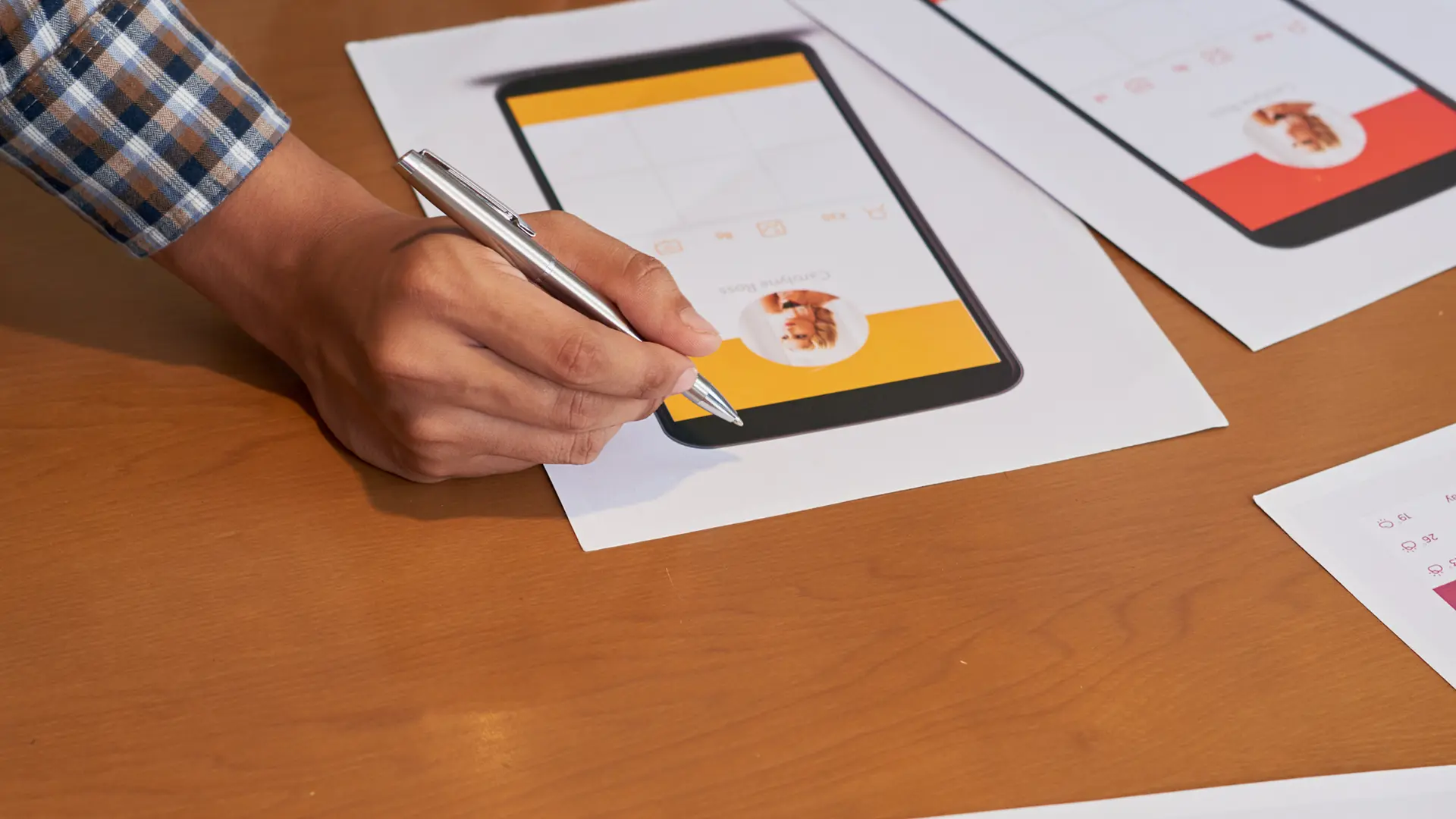
Building a website isn’t just about picking colors and adding content. It’s about solving problems, guiding users, and creating experiences that work.
In this case study, we’ll take you through our step-by-step web design process, from the first wireframe to the live launch, sharing insights, challenges, and best practices along the way.
🔹 Step 1: Discovery & Research
Every successful project starts with understanding the client and the users.
Key activities:
- Stakeholder interviews to uncover goals and business priorities
- Competitor analysis to spot opportunities and differentiate the brand
- User research to understand pain points, needs, and behavior
Outcome: A clear project brief, user personas, and a prioritized feature list.
Tip: The more time you invest in research, the fewer assumptions you’ll have to make later.
🔹 Step 2: Strategy & Planning
With research in hand, we define a strategy that aligns business goals with user needs.
Deliverables:
- Site map outlining main pages and navigation flow
- User journey mapping for key actions (signup, checkout, contact)
- Content strategy planning — deciding what content goes where
This stage ensures everyone is on the same page and sets a foundation for design.
🔹 Step 3: Wireframing
Wireframes are blueprints for your website — simple, grayscale layouts showing structure without distractions.
What we focus on:
- Layout hierarchy: ensuring important content and CTAs are prominent
- Navigation flow: making it intuitive for users to move through the site
- Functionality placement: forms, buttons, and interactive elements
Tools we use: Figma, Sketch, or Adobe XD.
Tip: Keep wireframes low-fidelity at first. Focus on function, not visuals.
🔹 Step 4: Visual Design
Once the wireframes are approved, we bring the site to life with branding, colors, and typography.
Key aspects:
- Aligning with brand identity: colors, fonts, and iconography
- Consistent visual hierarchy: headings, text, buttons, and spacing
- Responsive design: ensuring layouts work on mobile, tablet, and desktop
Outcome: High-fidelity mockups ready for development.
🔹 Step 5: Prototyping & User Testing
Before coding, we create an interactive prototype to simulate the user experience.
Activities:
- Clickable prototype linking main pages and interactions
- User testing sessions to validate navigation, flow, and comprehension
- Collecting feedback and iterating before development begins
Tip: Testing early saves major redesigns later.
🔹 Step 6: Development & CMS Integration
Next, the approved design goes to development.
Process:
- Frontend development: HTML, CSS, JavaScript, React, or other frameworks
- Backend/CMS setup: WordPress, Webflow, or custom solutions
- Integration with analytics, forms, and third-party tools
Focus: Pixel-perfect implementation, speed optimization, and accessibility.
🔹 Step 7: Quality Assurance & Launch
Before going live, we conduct thorough QA testing:
- Cross-browser and cross-device testing
- Functionality checks: forms, links, and interactive elements
- Performance testing: load times and responsiveness
Launch: After final approval, the site goes live with full monitoring in place.
🔹 Step 8: Post-Launch & Continuous Improvement
The work doesn’t stop at launch.
We monitor analytics, user behavior, and feedback to continuously improve the experience.
Key actions:
- Track conversions, bounce rates, and engagement metrics
- A/B testing of elements like CTAs and layouts
- Regular updates and performance optimization
Key Takeaways
- Research drives design — understanding users leads to better decisions.
- Wireframes save time — planning structure before visuals avoids costly redesigns.
- Visual design is more than aesthetics — hierarchy, consistency, and brand identity matter.
- Testing is critical — prototypes and user testing catch problems early.
- Launch isn’t the end — optimization and iteration are ongoing.
Conclusion:
A structured web design process turns ideas into experiences that work.
From wireframe to launch, careful planning, testing, and attention to detail ensure your site is usable, beautiful, and conversion-focused.


